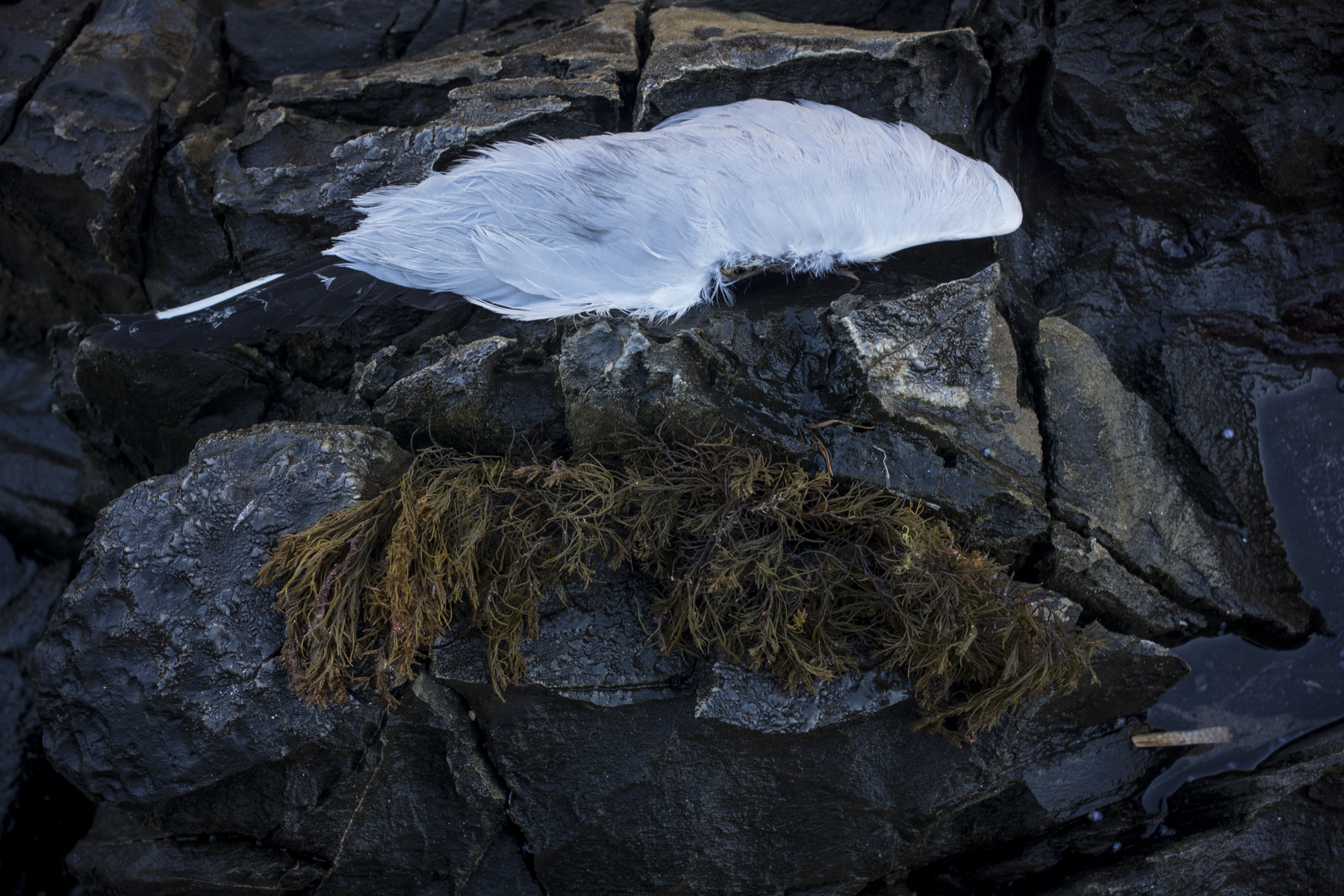I’ve started to include the western part of the city in our daily walks when I am in Adelaide.
It’s an area that is undergoing change due to the student living connected to the western campus of the University of South Australia, the state Labor government’s investment in a new public hospital and medical research facilities, and the new tramline along North Terrace to the Entertainment Centre. Is an old Adelaide disappearing, as a new cityscape emerges? A vision of a more vital Adelaide.

The real estate agents are talking of a boom. It’s early days. The empty lots, warehouses and workshops are going to be replaced by new housing developments. What sort? High rise? Medium rise? Will there be any concern for the street life? Will new cafe’s and bars spring up?










